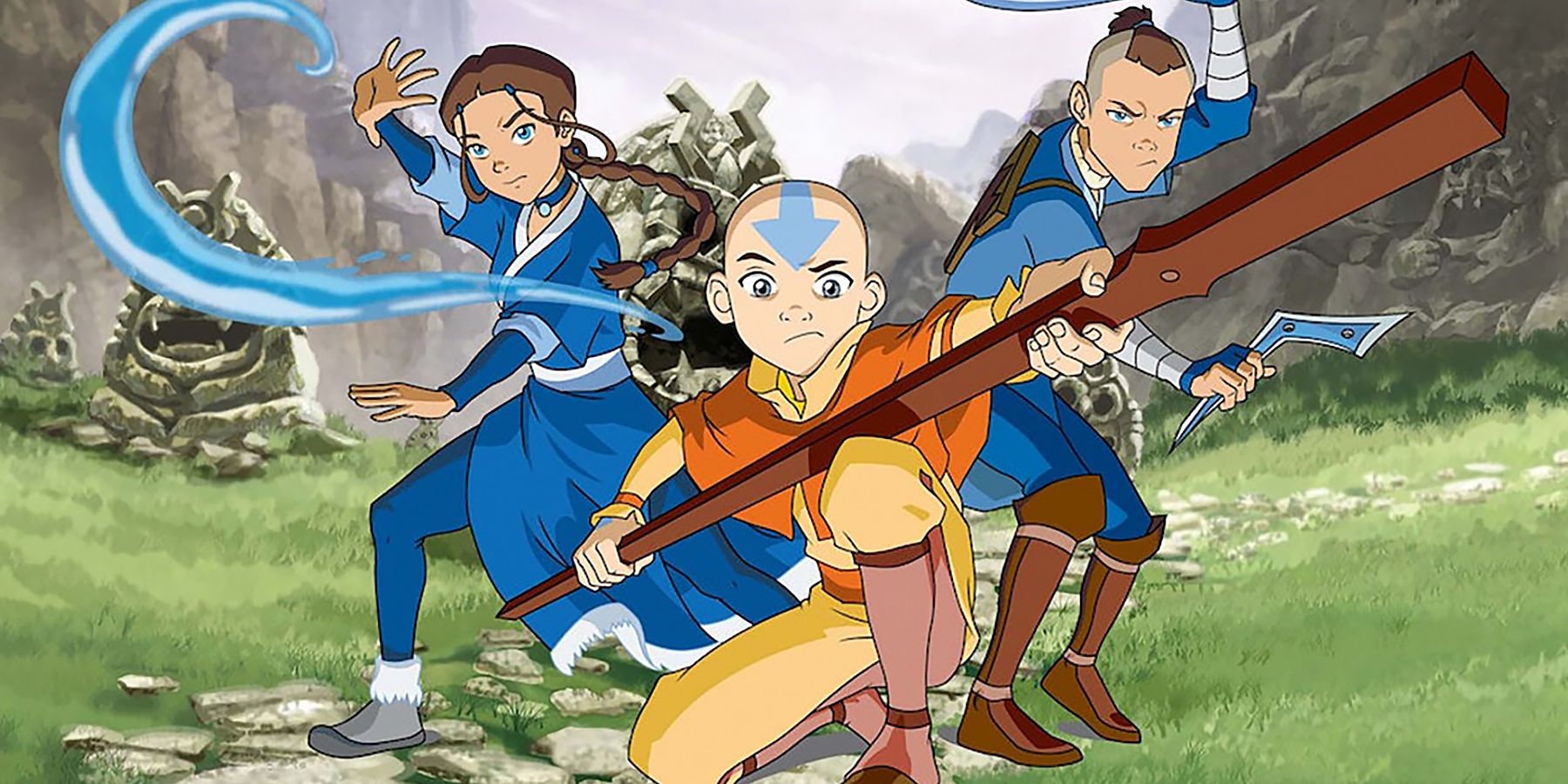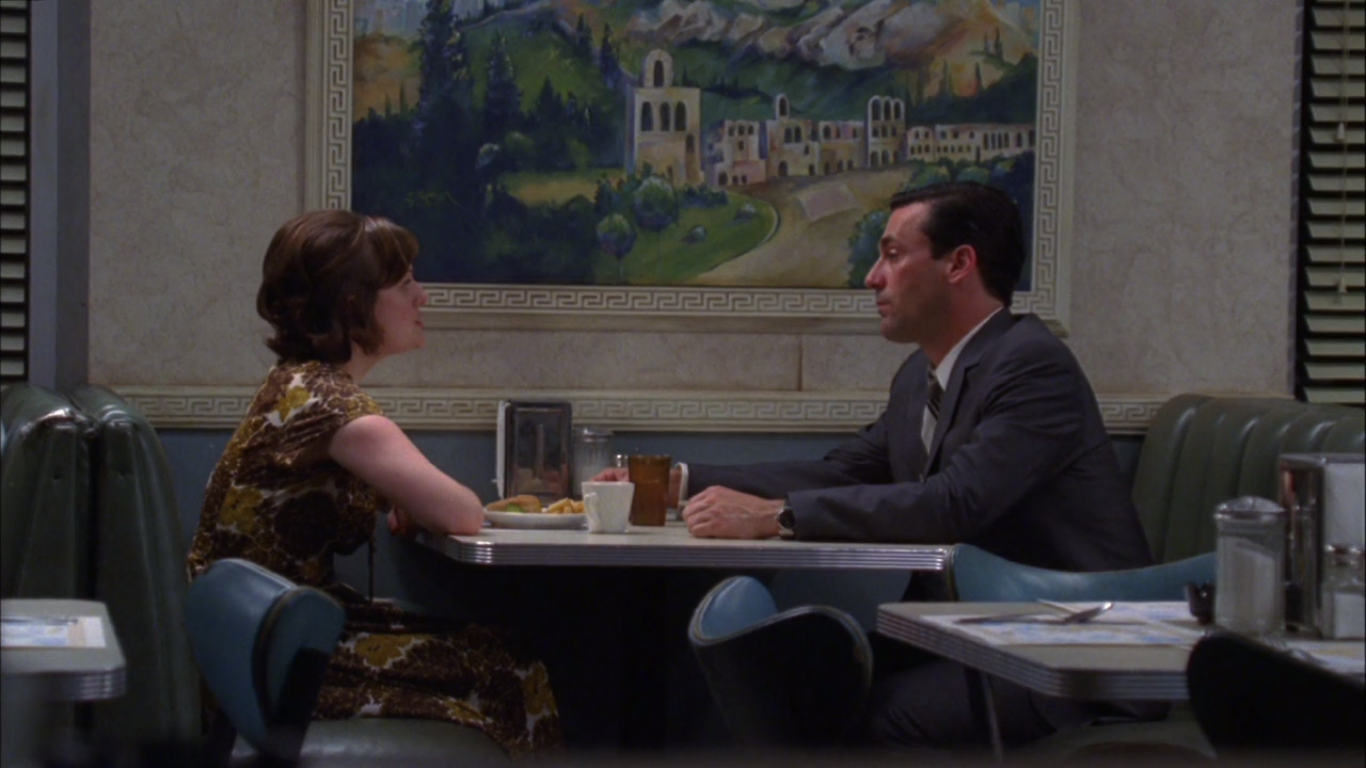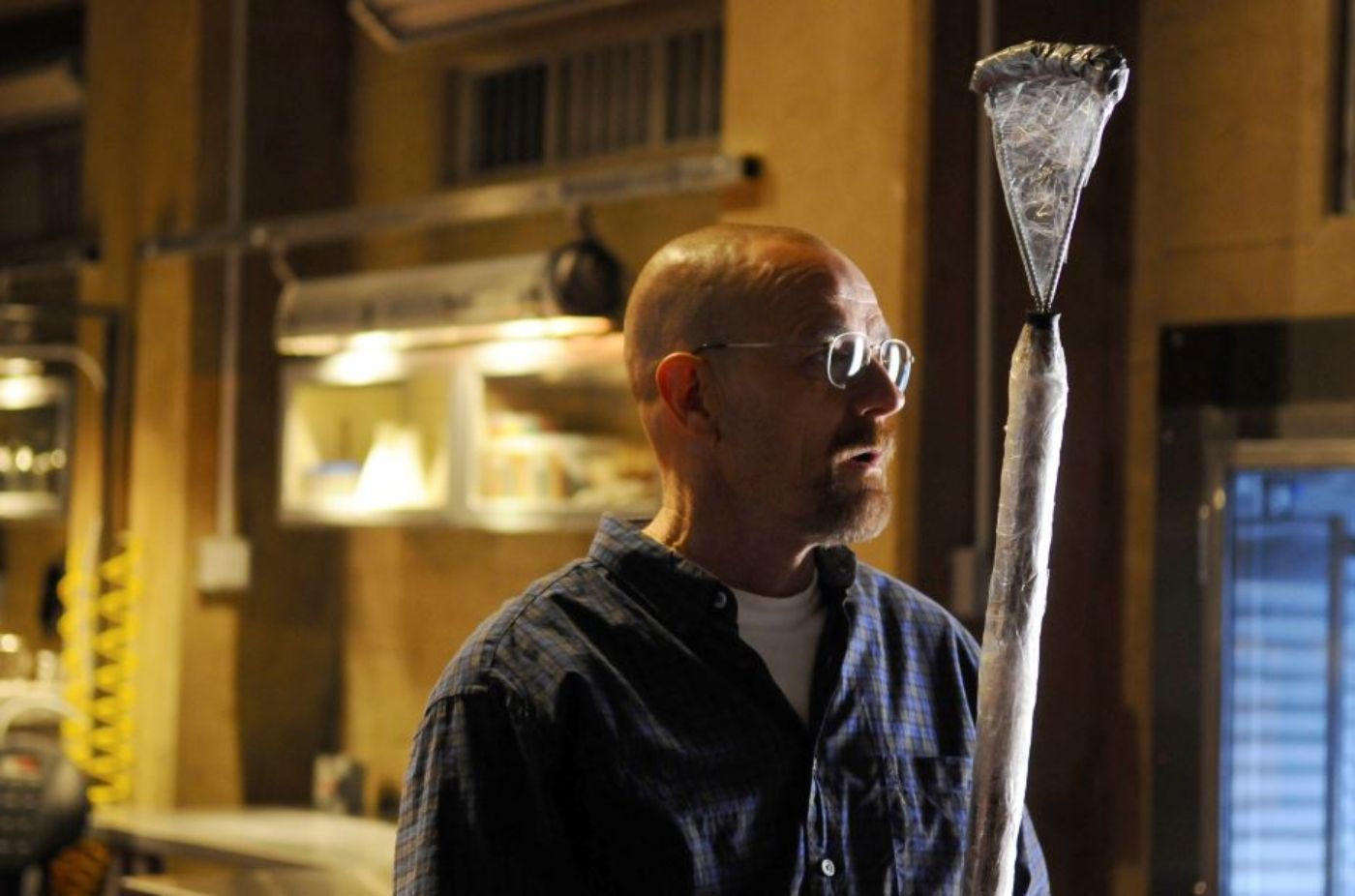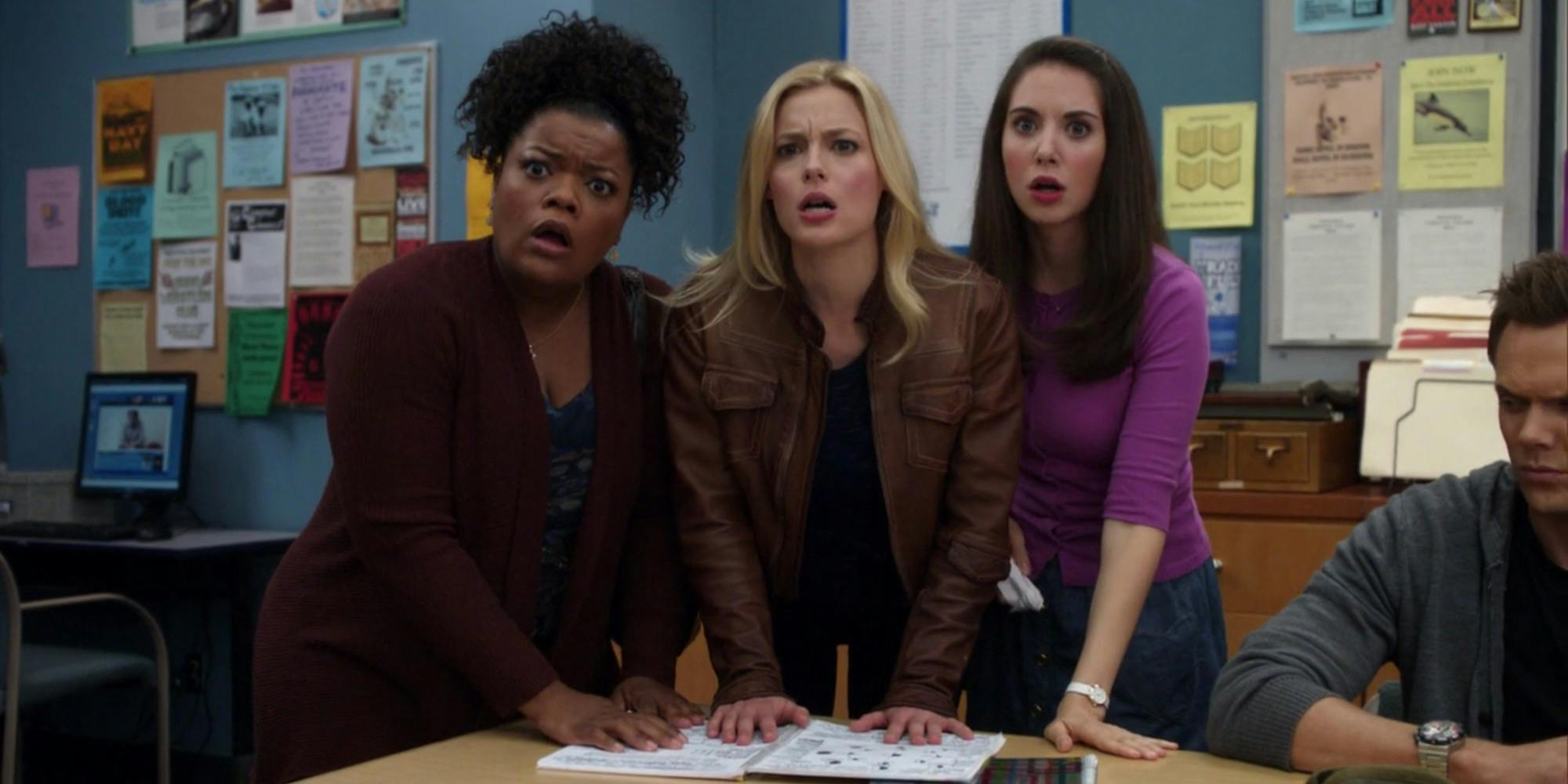Table of Contents Show
The term “filler episode” typically brings a collective sigh of exasperation among fans. Filler episodes are notorious for slowing the pacing of a show right in the middle of the action and not driving the plot forward. They have historically been considered skip-able or a waste of time for viewers.

With the shift to shorter series containing ten or fewer episodes per season, filler episodes are starting to go extinct. Even though filler has a bad reputation, this extinction might not be beneficial for television.
In fact, some episodes, despite being considered filler, have become the most iconic in a series. These self-contained stories are usually low-stakes and allow viewers to sit back with the characters and watch them interact in their everyday lives. This deepens the connection audience members feel towards the characters, thus enhancing the story.
The History Of “The Filler Episode”
The concept of “filler episodes” originates from the adaptation of manga into anime, marking narratives in the anime that diverge from the manga’s storyline. These episodes, lacking in story progression, often exhibit lower-quality visuals and narratives. Over time, the term has broadened beyond anime to encompass any series where certain episodes fail to advance the overarching plot. 1What Does Filler Mean in Anime? Simkl. Accessed 6 April 2024.
Television trends have shifted, moving from lengthy seasons of over twenty episodes to shorter formats of eight to thirteen episodes, especially on streaming platforms. In the era of longer seasons, not every episode was required to propel the plot forward, reflecting a shift in network demands and storytelling approaches.

Before streaming services, viewers would tune in and out of shows each week and might miss an episode here or there. Filler was useful in that if a viewer did miss an episode, they would not miss out on any important plot points. While the term “filler” historically has had negative connotations, some of the best episodes of television can be considered filler. Here are examples of top-tier filler episodes from diverse genres and why they excel:
Anime
It is impossible to discuss filler episodes without discussing anime, the origin of the term. Anime is infamous for its abundance of filler episodes, prompting viewers to seek online guidance on which are skippable and which are indispensable.
Naruto (2005-2023)
Naruto (2005-2023) is perhaps the most infamous show when it comes to filler episodes. If you count the episodes in the original Naruto as well as the episodes in Naruto: Shippuden (2007-2017), there are seven hundred twenty total episodes in the series.
Two hundred ninety-four of these episodes are considered filler, which means that theoretically, viewers can skip forty-one percent of the show and still watch all of the episodes that contribute to the overall story.2Naruto Filler List. The Ultimate Anime Filler List. Accessed 6 April 2024.

This does not mean none of these “skippable” episodes are worth watching. Naruto is based on a manga, and the point of these filler episodes was to prolong the show so there would be time for the new manga to come out. Many of these episodes are poor quality, but some stood out, particularly the episode “Resonance.”
It follows the Twelve Guardian Ninja arc and focuses on Naruto’s training and battle with Sora. The episode contains themes of violence, willpower, and self-reflection, which define the show overall.3Ahmad, Suzail Naruto: 11 Best Filler Episodes, Ranked. GameRant. 25 December 2022. Accessed 6 April 2024.

The almost obnoxious amount of filler makes this show daunting for new viewers. Seven hundred twenty episodes is a mammoth amount of television to get through, and not all of it needs to be watched. However, it provides a sort of comfort to superfans, as there is so much content out there for them to view.
Avatar: The Last Airbender (2005-2008)
One of the most highly regarded episodes of Avatar: The Last Airbender (2005-2008) is the second to last episode, which also happens to be a filler episode. It is bold to slow the momentum down right before a finale, but for Avatar’s “The Ember Island Players” it pays off. In this episode, the group goes to a show based on their adventures. It provides a good amount of meta-humor for the audience, which breaks up the otherwise high-stakes season.

It – furthermore – allows both the audience and characters a chance to reminisce about the series in an original way that does not feel trite or overtly sappy. The play’s finale shows the characters being defeated by the Fire Lord, which brings both the characters and the audience back into reality and prepares for the upcoming danger and series finale.4Flatau, Seb. 10 Best TV Filler Episodes Ranked. ScreenRant. 8 October 2023. Accessed 6 April 2024.
Sitcoms
Filler episodes on sitcoms can be hard to distinguish, as many of these shows are targeted towards casual viewers who may skip episodes every other week or catch re-runs out of order. These episodes might not have a dramatic breakup or end with a proposal, but they are widely considered the best of the series and are fan favorites.
These episodes allow viewers to catch up with their TV friends and get a glimpse into an average day in the life of these characters; they highlight the bonds and friendships of characters that make them even more endearing to the audience.
How I Met Your Mother (2005-2014)
How I Met Your Mother’s (2005-2014) season one episode “The Pineapple Incident” contains everything that made the show unique and appealing to viewers. Its complex storyline, flashbacks, and multiple perspectives make this the quintessential episode of How I Met Your Mother. The episode is regarded by fans and critics as one of the best episodes of the series — yet nothing of consequence happens.

This episode — while being funny and full of surprises — essentially shows the characters hanging out and being friends. How I Met Your Mother was chocked full of theories, inside jokes, and flashbacks, but what set it apart was the bond between the group of friends; this episode best highlights the developing friendships between Ted, Robin, Marshall, Lily, and Barney. 5Light-Willis, Rowan. How I Met Your Mother: The 10 Best Filler Episodes. ScreenRant. 18 June 2022. Accessed 6 April 2024.
Community (2009-2015)
Community (2009-2015) wasn’t appreciated in its time, but since coming out on Netflix, it has found a new fan base ten years after its pilot episode. One of the most popular episodes is the season two self-proclaimed bottle episode — a cheaply produced episode taking place in one setting — “Cooperative Calligraphy.” This episode shows the main characters stuck in the library, none of them leaving until they uncover Annie’s missing pen.

Similar to “The Pineapple Incident,” “Cooperative Calligraphy” has all the elements that made Community so iconic. The search for Annie’s pen quickly falls into chaos with characters strip-searching each other and tearing the library apart. Despite the ridiculousness, this episode discusses religion, sex, and loyalty: serious topics that flesh out the characters while still keeping with the same sense of self-aware humor Community was known for.6Etemesi, Philip. 15 Best Filler Episodes, Ranked. ScreenRant. 20 April 2023. Accessed 6 April 2024.
Dramas
Dramas differ from the previous examples thus far. The aforementioned shows all are episodic; it didn’t matter if viewers missed an episode or two, the show would still make sense and be easy to follow. They also had longer seasons, meaning there was more time to fill.
Dramas Mad Men (2007-2015) and Breaking Bad (2008-2013) premiered in the mid-late 2000s like the other examples, but were ahead of the trend by having shorter seasons. These dramas were highly serialized, meaning each episode was essential viewing. Even so, both shows managed to have filler episodes pausing the story to build relationships between characters.
Mad Men (2007-2015)
Mad Men’s only filler episode is also its highest-rated. “The Suitcase” explores the dynamic between Don and Peggy when he forces her to miss her birthday dinner and work late.

It does not impact the drama of the rest of the season, yet it discusses work-life balance, employee appreciation, and greed, which at its core, is what Mad Men is all about.7Flatau, Seb. 10 Best TV Filler Episodes Ranked. ScreenRant. 8 October 2023. Accessed 6 April 2024.
Breaking Bad (2008-2013)
Breaking Bad’s filler episode “Fly” is one of its most polarizing; fans and critics alike cannot consent over whether it is the show’s best episode or its worst. Like Community’s “Cooperative Calligraphy,” “Fly” is both a filler episode and a bottle episode, with the entire story taking place in the underground meth lab. It breaks up the high-stakes, fast-paced season to show Walt obsessively trying to catch the fly that has infiltrated his lab.

It explores Walt’s guilt over killing Jane, his partner Jesse’s girlfriend, a feeling not explored until this episode. The acting in this episode is incredible and gives viewers a rare moment of tenderness between Walt and Jesse. While this episode is very slow (some would even call it boring) it is one of the only times we can sit with the characters and see who they are outside of life-or-death situations.8Etemesi, Philip. 15 Best Filler Episodes, Ranked. ScreenRant. 20 April 2023. Accessed 6 April 2024.
Breaking The New Filler Status Quo
The increasing popularity of having fewer episodes per season inevitably means less filler, as writers are no longer pressured by networks to come up with twenty-something episodes to fill a time slot. Consequently, all the series mentioned so far are older and have primarily been released on network television. However, several new shows have found time in their limited run to slow down and give what could be considered filler.
The main difference between “new filler” versus “old filler” is that these slower-paced episodes feel more intentional. They may not drive the plot forward, but it seems like writers chose to set aside time to highlight the relationships between particular characters; where the other examples from older network shows seem to have gotten lucky with a brilliant filler episode coming from necessity that fans happened to like.
Euphoria (2019-)
HBO’s Euphoria (2019-) is our first example of a modern filler. The episode “Trouble Don’t Last Always” doesn’t fit the strictest definition of filler, as it was a special episode released between seasons one and two, but could be considered as such as it does not advance the plot forward.

The entire episode takes place in a diner and consists of a conversation between Rue and her sponsor, Ali. It is not flashy or filled with shocking plot twists, yet it represents what Euphoria truly does best: it gets to the essence of addiction, heartbreak, and responsibility.9Flatau, Seb. 10 Best TV Filler Episodes Ranked. ScreenRant. 8 October 2023. Accessed 6 April 2024.
The Last Of Us (2023-)
Also from HBO, The Last Of Us (2023-), while only having 9 episodes in the first season, has its third episode, “Long, Long Time” dedicated to side characters.

It has a much slower pace than the rest of the zombie-evading season, but does nothing to drive the plot forward; instead, it enhances world-building and presents viewers with a surprising love story juxtaposing the apocalyptic landscape. It strengthens the series’ underlying message of love, loyalty, and perseverance.10Flatau, Seb. 10 Best TV Filler Episodes Ranked. ScreenRant. 8 October 2023. Accessed 6 April 2024.
The Bear (2022-)
Part of what makes Hulu’s The Bear (2022-) so popular is how it pulls viewers into the high-stakes world of the restaurant industry; it captures the chaos and pressure of the characters working in a restaurant. Surprisingly, such a fast-paced show slows down in the season two episode “Honeydew.”

In this episode, pastry chef Marcus travels to Denmark to learn more about baking. There is no major conflict or noticeable character change, but it offers a reprise of the stress of the series. “Honeydew” has an optimistic outlook, differing from season one and highlighting the major theme of season two.
The Vitality Of “Filler Episodes”
While this analysis highlighted some of the best filler episodes, it is not accurate to claim that every filler episode is good or essential to the show. That is not to say that they serve no purpose overall; plenty of examples of filler episodes turned out to be the best in the series. They give viewers a chance to step away from all of the drama and stakes and see what the characters are like in a more relaxed and natural environment.
Filler episodes display more of their personalities and daily lives, thus highlighting subtle character development and relationship building; they give viewers more time with their favorite characters, and well-developed characters are the main appeal for most successful television shows. Not every episode might be the most memorable, but the overall effect is that viewers have grown closer to the characters and the themes of the show.

Furthermore, these episodes can benefit the pacing of a series. If every episode has high stakes, the audience can grow desensitized to the action and be left craving something even bigger. (Consider this: how MCU movies have raised the stakes so much that they are no longer tangible to viewers).11Osman, Marissa. Elitism & FOMO: Exploring The Marvel Cinematic Universe (MCU) Francise. The Daily Fandom. 26 April 2022. Accessed 6 April 2024.
With the shift to shorter series and streaming services, it feels like every episode has to have a purpose and somehow advance the plot. This can lead to audience members feeling a disconnect with the characters and relationships between characters to feel rushed or that they came out of nowhere. As a result of this, new shows are becoming more intentional with their “filler episodes.”

Rather than acting as a placeholder to fill time, shows are making an intentional decision to slow down for an episode and focus on dialogue and fleshing out characters. Filler, whether it be intentional during a series’ limited run or necessary to meet a twenty-episode goal, allows viewers more time with their favorite characters and builds emotional investment in the characters and the plot.
Footnotes
- 1What Does Filler Mean in Anime? Simkl. Accessed 6 April 2024.
- 2Naruto Filler List. The Ultimate Anime Filler List. Accessed 6 April 2024.
- 3Ahmad, Suzail Naruto: 11 Best Filler Episodes, Ranked. GameRant. 25 December 2022. Accessed 6 April 2024.
- 4Flatau, Seb. 10 Best TV Filler Episodes Ranked. ScreenRant. 8 October 2023. Accessed 6 April 2024.
- 5Light-Willis, Rowan. How I Met Your Mother: The 10 Best Filler Episodes. ScreenRant. 18 June 2022. Accessed 6 April 2024.
- 6Etemesi, Philip. 15 Best Filler Episodes, Ranked. ScreenRant. 20 April 2023. Accessed 6 April 2024.
- 7Flatau, Seb. 10 Best TV Filler Episodes Ranked. ScreenRant. 8 October 2023. Accessed 6 April 2024.
- 8Etemesi, Philip. 15 Best Filler Episodes, Ranked. ScreenRant. 20 April 2023. Accessed 6 April 2024.
- 9Flatau, Seb. 10 Best TV Filler Episodes Ranked. ScreenRant. 8 October 2023. Accessed 6 April 2024.
- 10Flatau, Seb. 10 Best TV Filler Episodes Ranked. ScreenRant. 8 October 2023. Accessed 6 April 2024.
- 11Osman, Marissa. Elitism & FOMO: Exploring The Marvel Cinematic Universe (MCU) Francise. The Daily Fandom. 26 April 2022. Accessed 6 April 2024.
